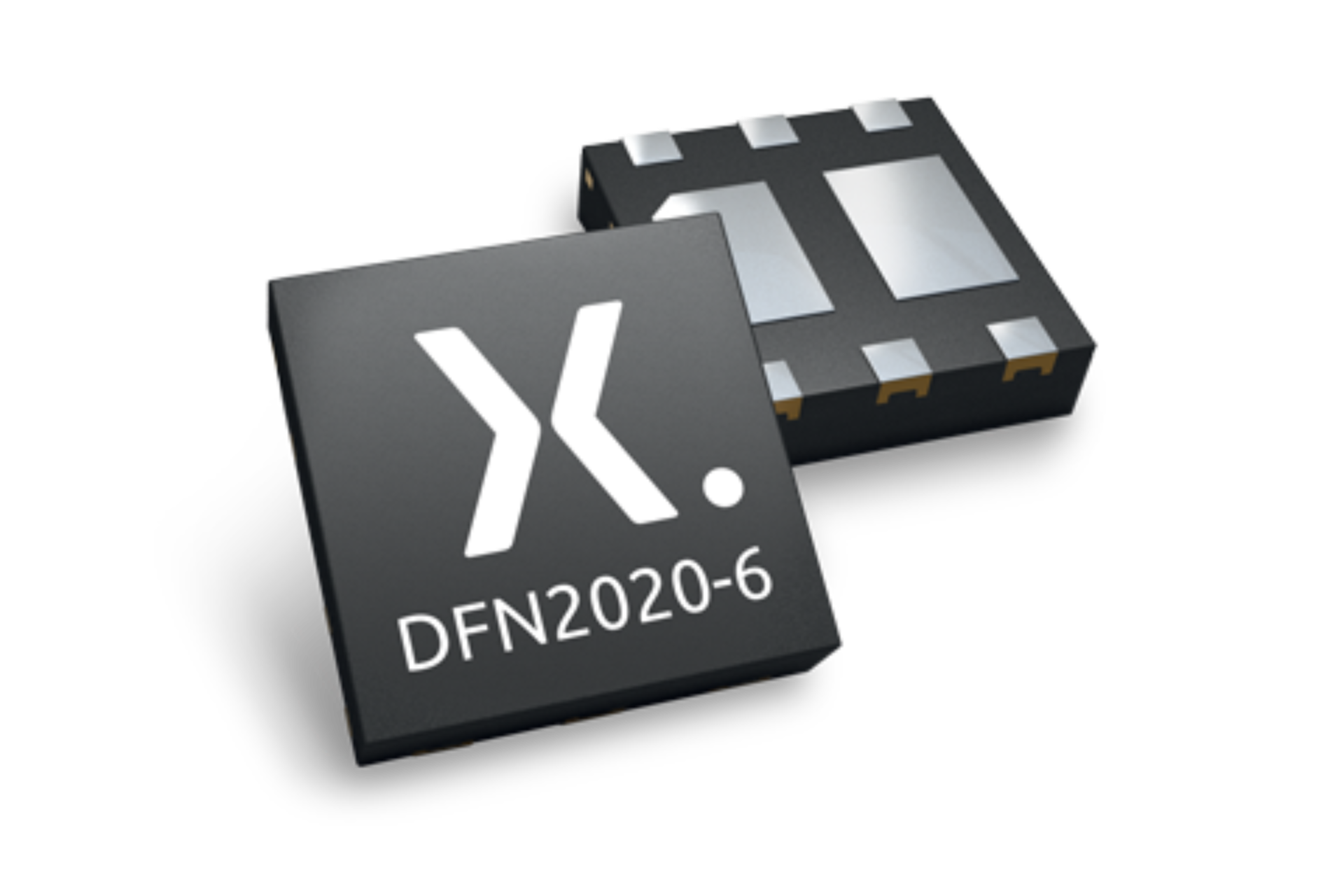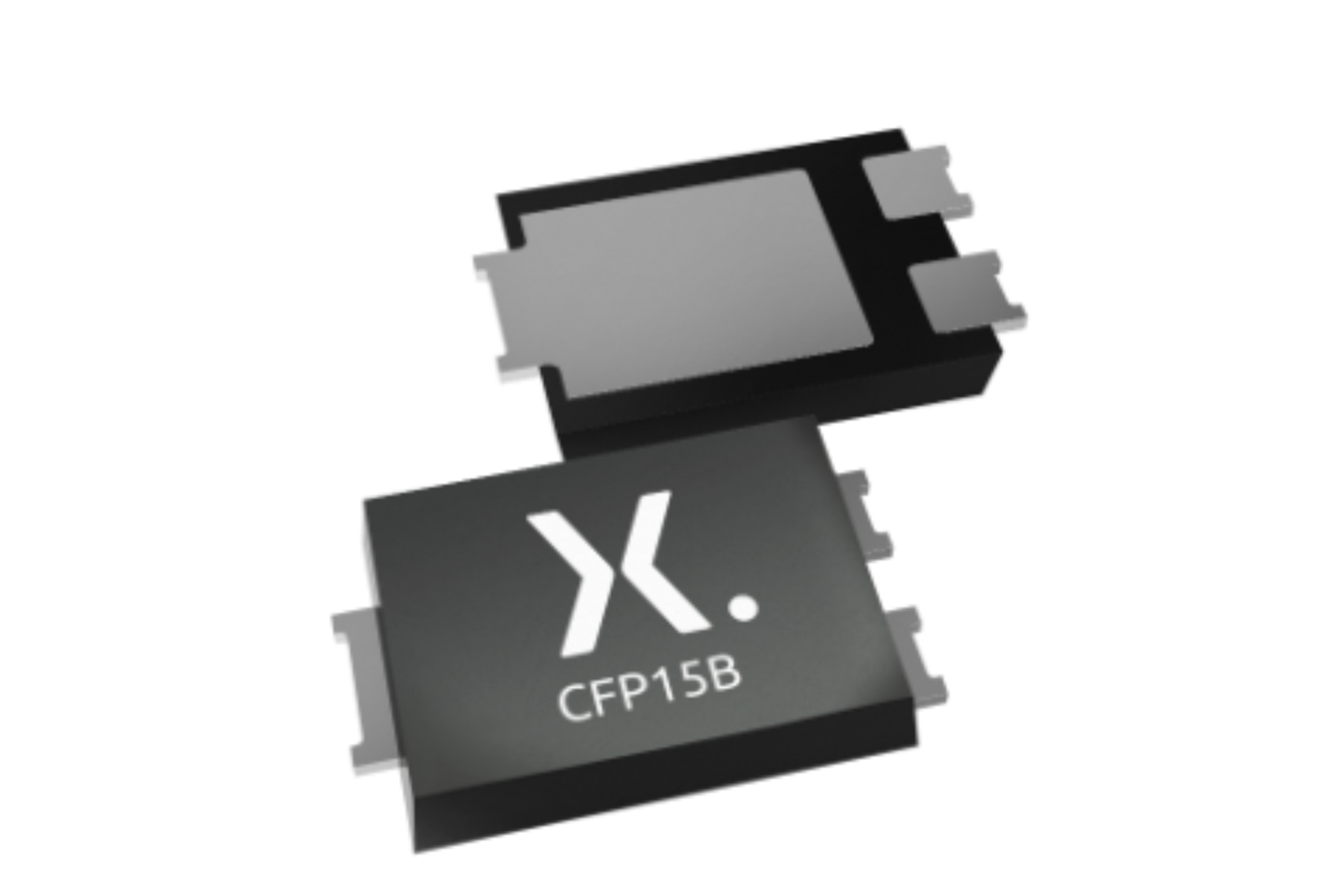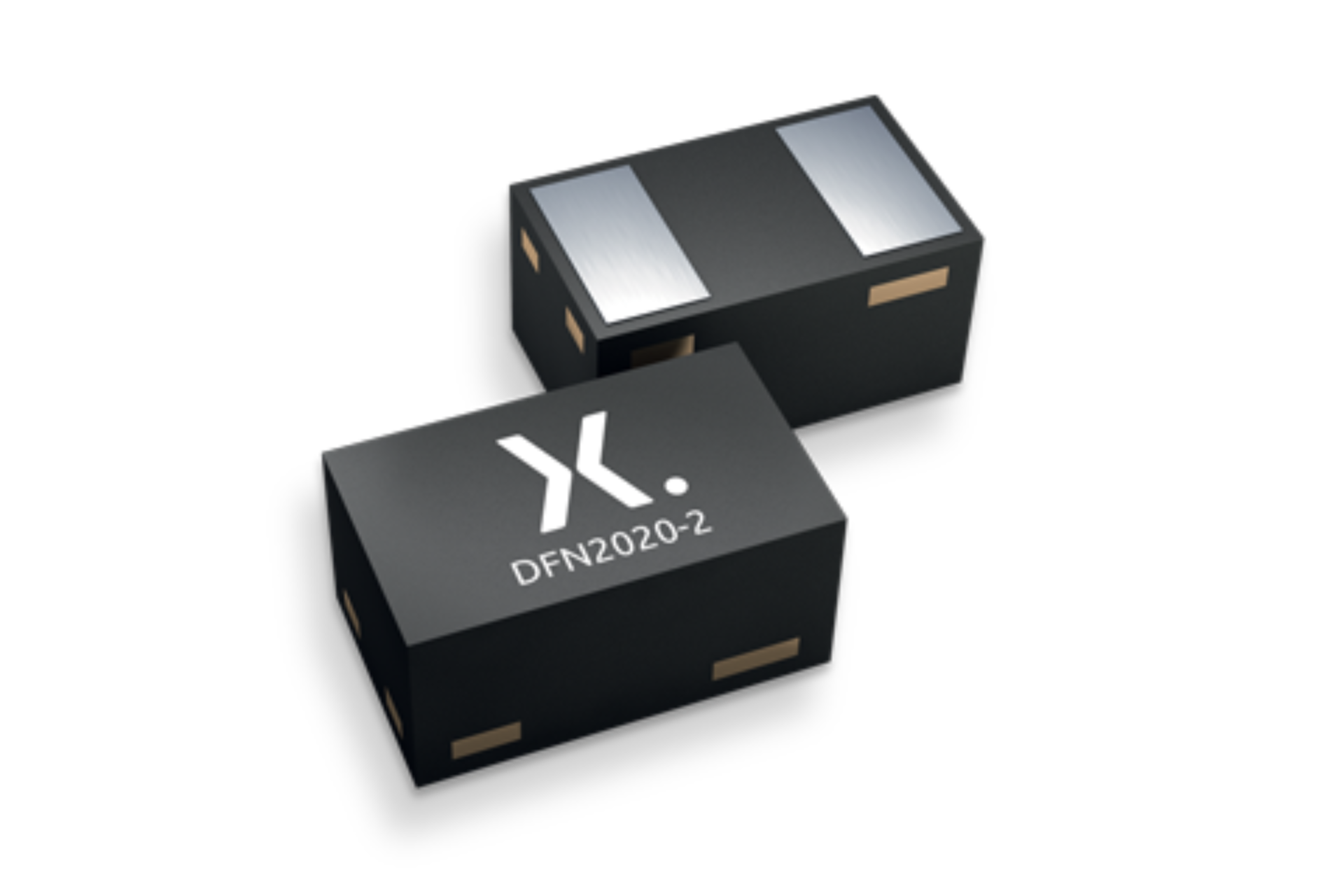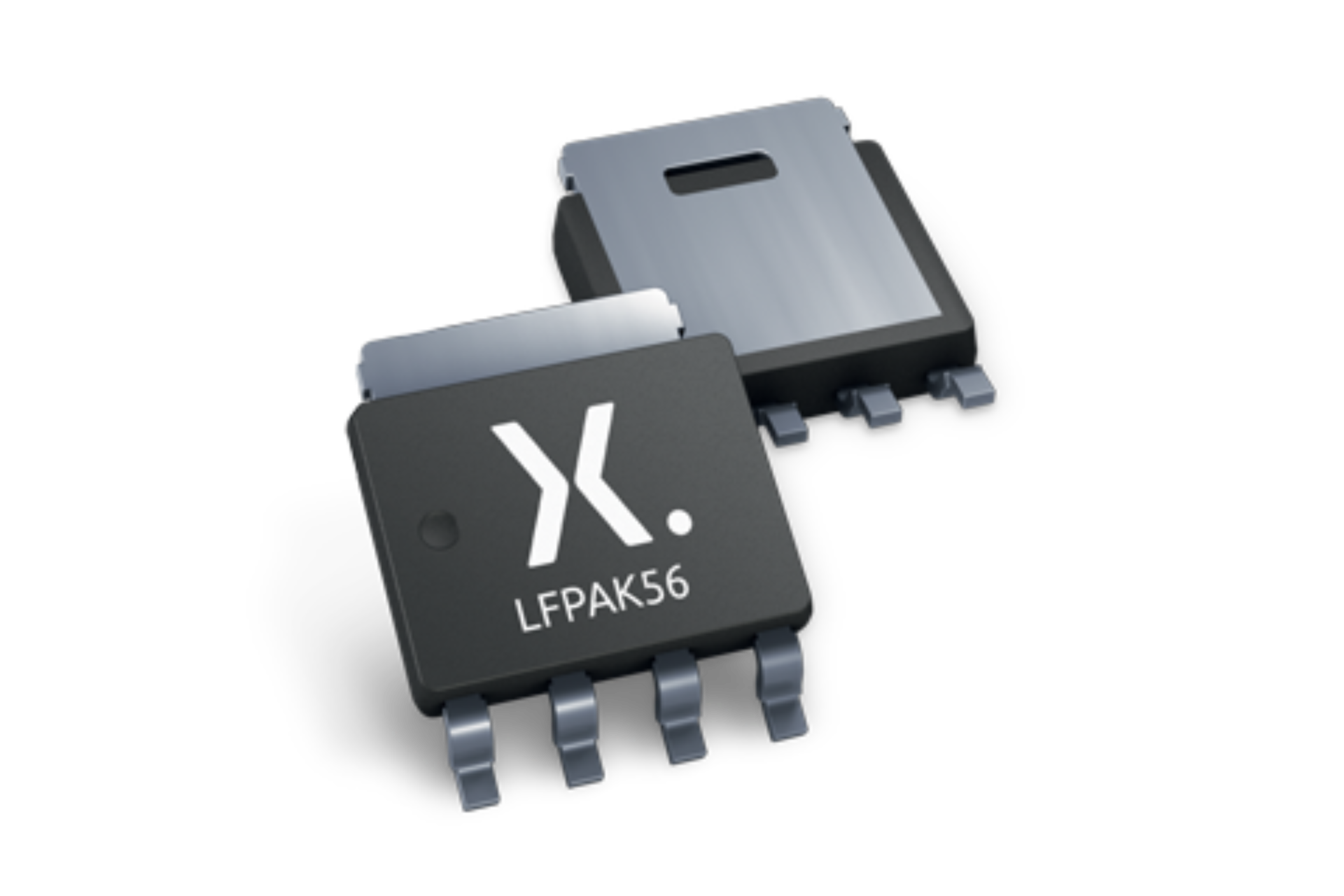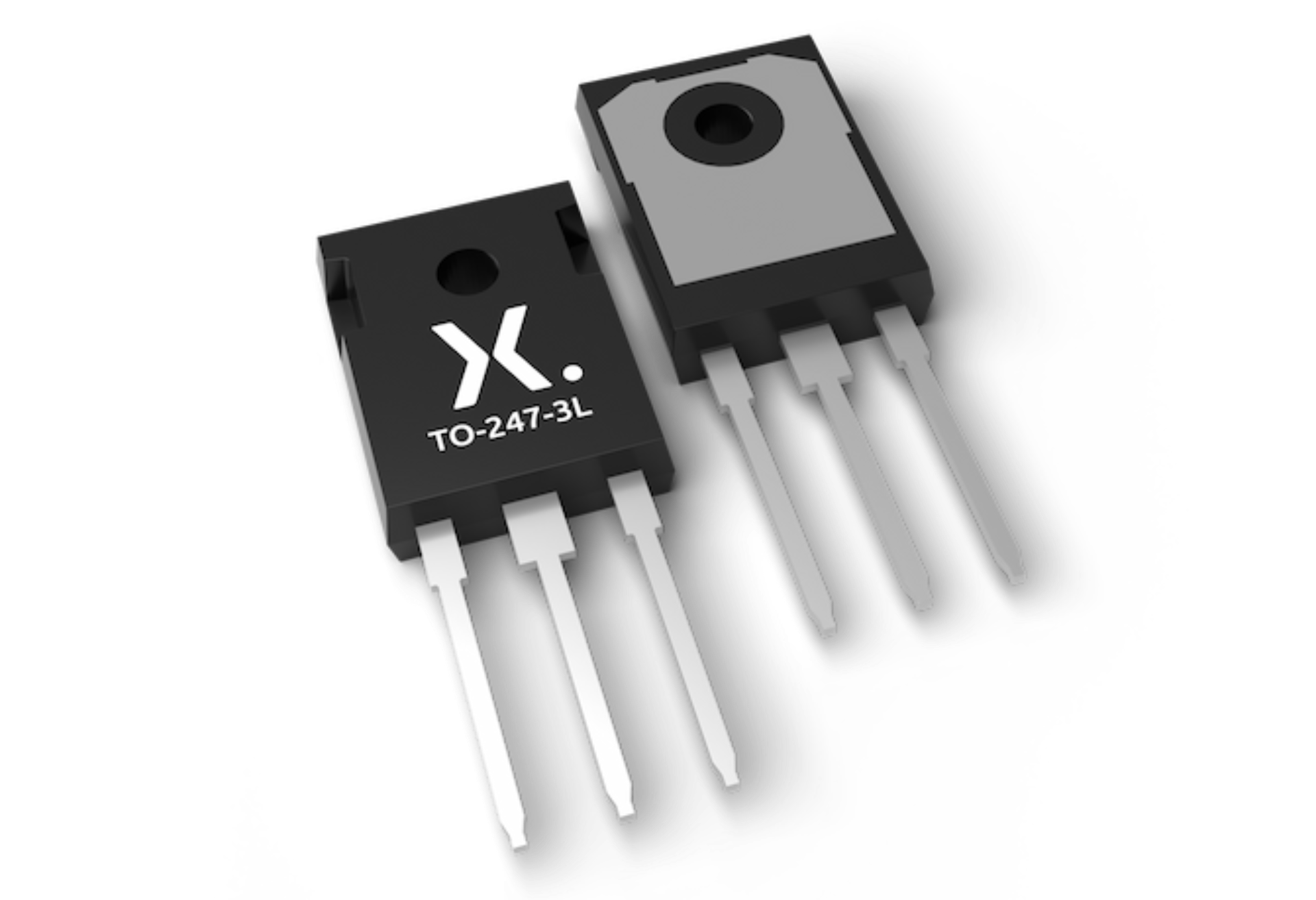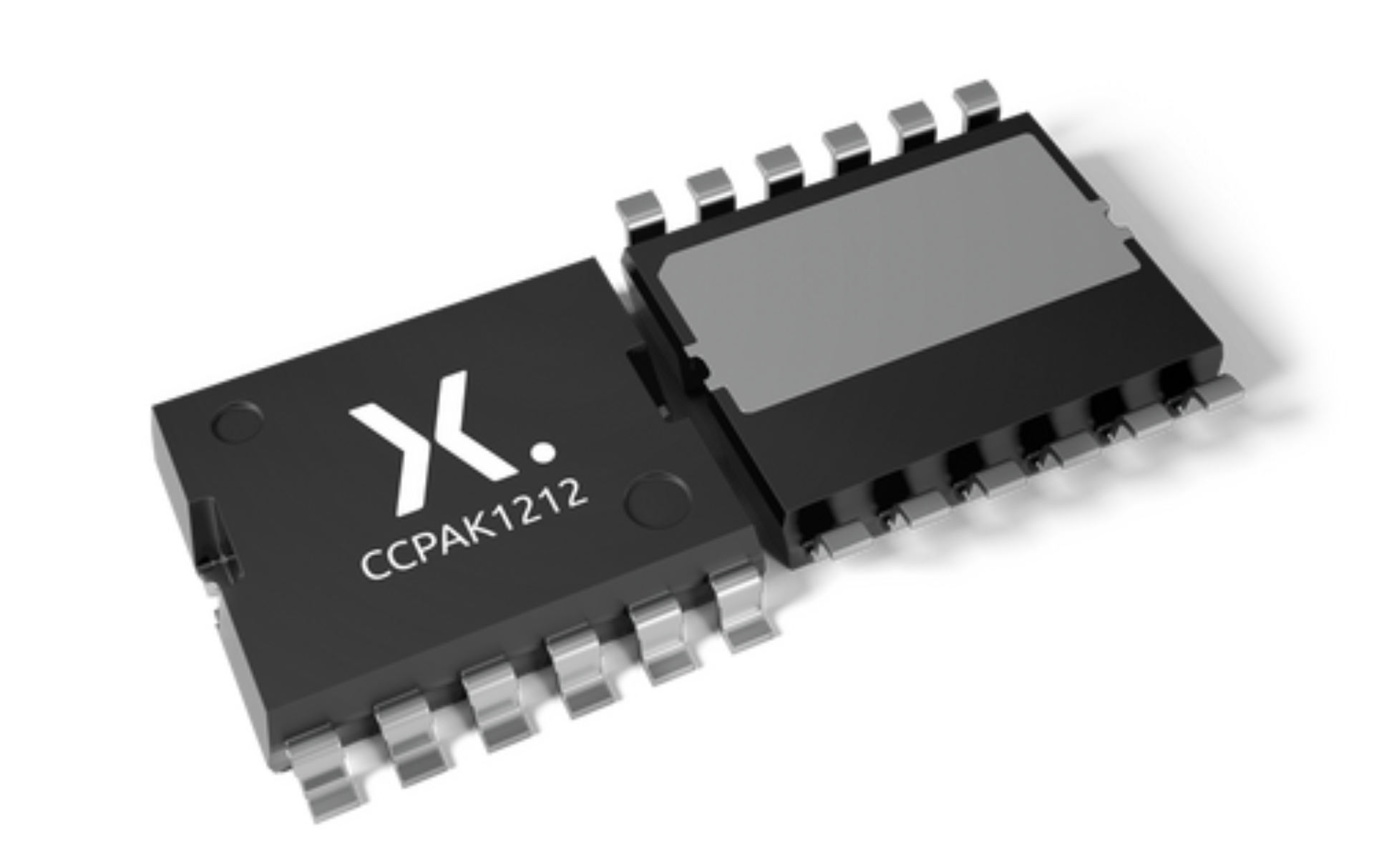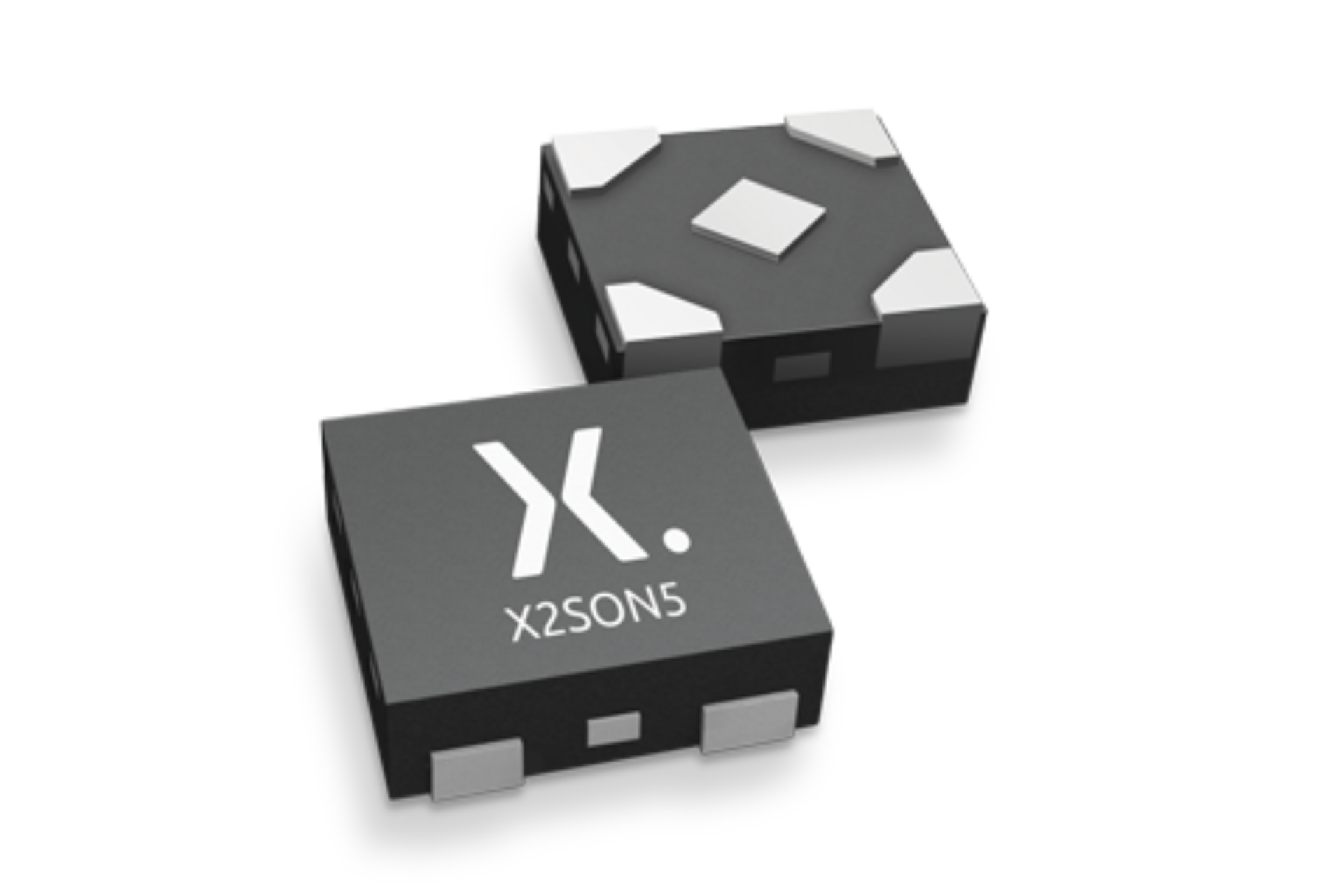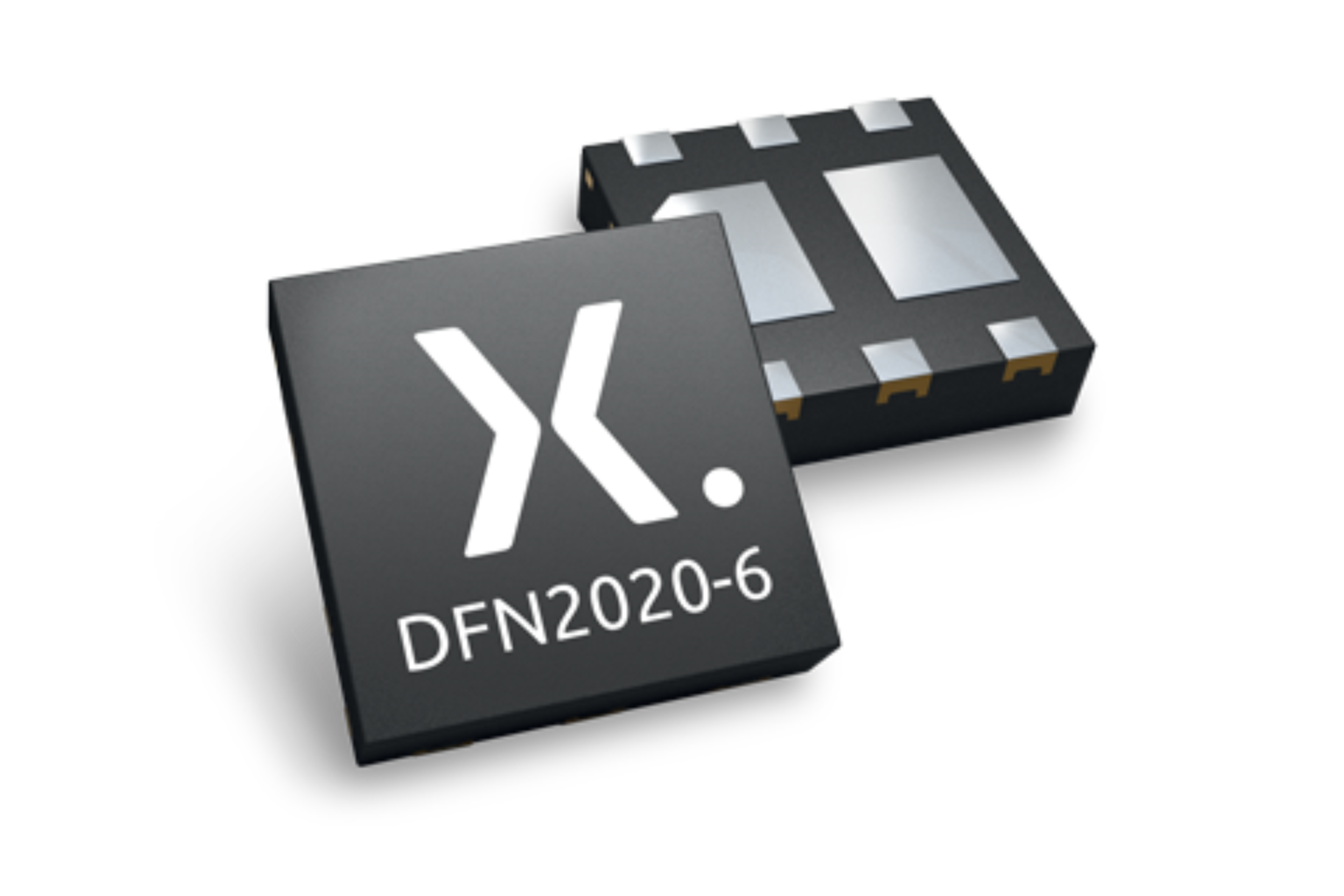- Block diagram
- Design considerations
- Product listing
- Videos
- Videos
- Support
Block diagram
AC/DC converter
Power management
Motor control (Compressor)
Recommended products (3)
Motor control (Fan)
Recommended products (1)
Motor control (Actuator)
Recommended products (1)
Sensors interface
Communications interface
Recommended products (3)
Signal conditioning
Gate driver
Recommended products (1)
Human-Machine interface
Recommended products (1)
Select a component
To view more information about the Nexperia components used in this application, please select a component above or click on a component (highlighted in blue) in the block diagram.
Design considerations
- Heat pumps can either use a single unit design or split (Outdoor / Indoor) design and range from 2 kW to 20 kW, with typical modern insulated buildings requiring less than 6 kW.
- Depending on heating level, various voltage and power requirements are needed for the compressor, circulator pump and fan
- Drive is towards more efficient PFC topologies, with new Vienna rectifier / totem pole topologies preferred
- IGBTs and new wide-bandgap technologies provide the efficiencies required
